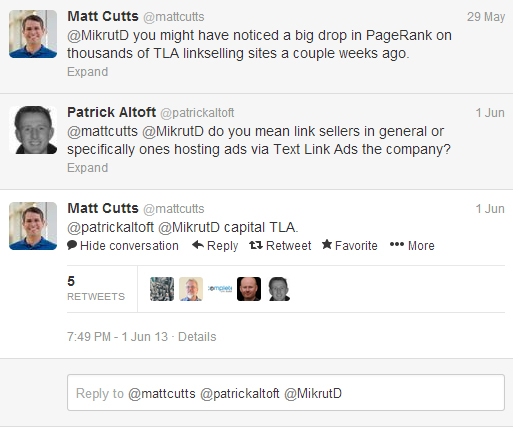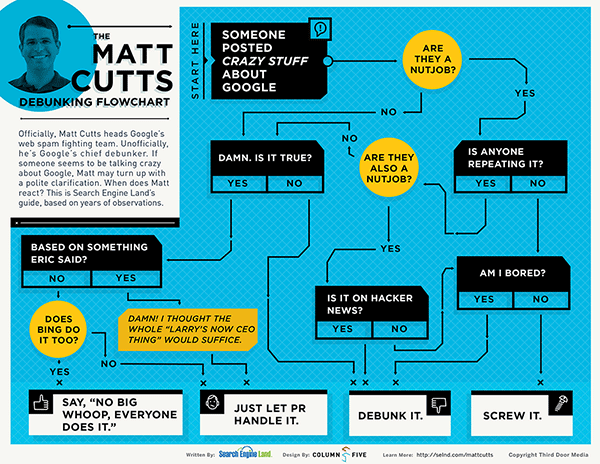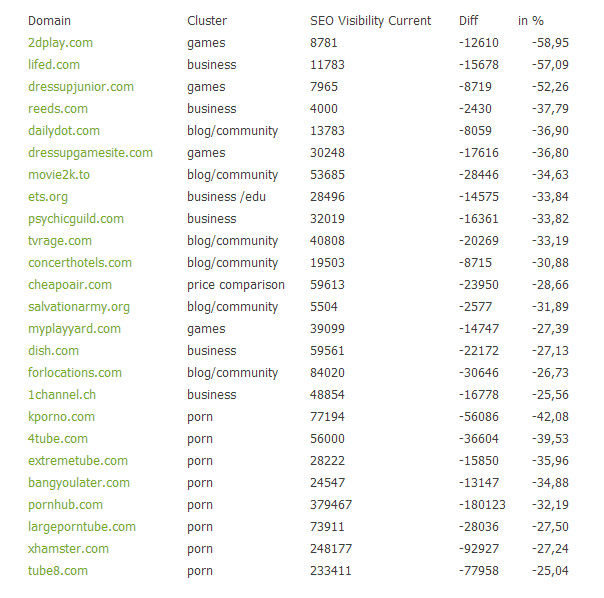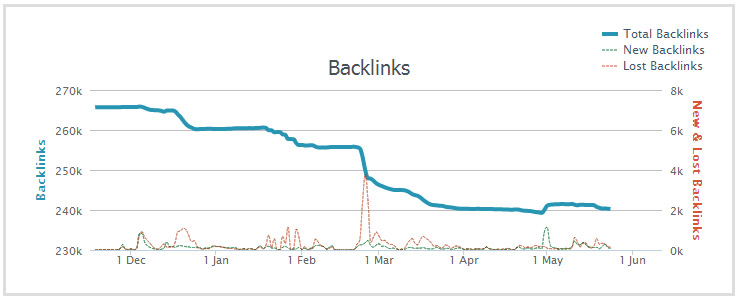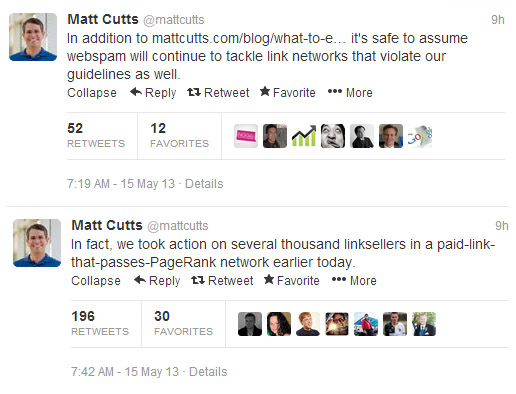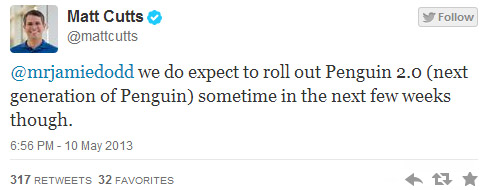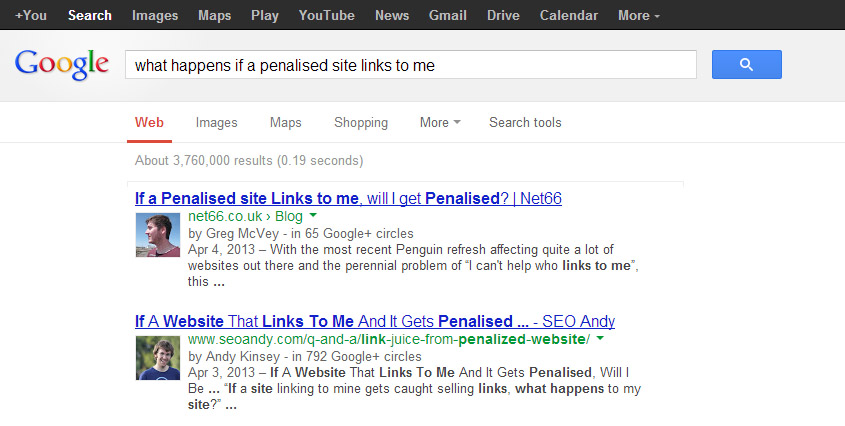We’re seeing it more and more these days. Google+ profiles in the search engine ranking pages, a lot of people have asked me how this is done so I recently wrote a blog about adding Google authorship to your blog.
The rel=”author” tag is used to give authorship of a blog post or published content on a website. This content is then associated with the Google+ profile listed in the rel=”author” link. So why do we want to be adding all the content we’ve written to our Google+ pages?
Well, it seems to be for a couple of reasons. For a start it makes Spam easier to find. If in future it’s commonplace for users to put their face to the content they’re writing, potential spammers will either shy away from doing this as it could compromise the security secrecy of their black hat ways, or make spam easier to find by putting their face to the content.
It can also help you find information by someone who may be considered to be an “authority” in their field. As an example, Matt Cutts is an authority in the field of SEO so if he’s writing somewhere, even if it’s a low PR blog or forum, then it is probably something worth listening to as he’s an “authority”. It also gives people a chance to build their authority. Greatly written content will attract high levels of user engagement, which will obviously let Google know “this content is definitely worth a read”, in Google seeing this that person’s content will rank higher as it engages users and is relevant for certain search terms. People will start to recognise the Google+ profile attached to this and then as this person’s face is everywhere, will themselves be more likely to click on content with that face on it.
You can see Matt Cutts full video response below:
Blog Post by: Greg McVey

